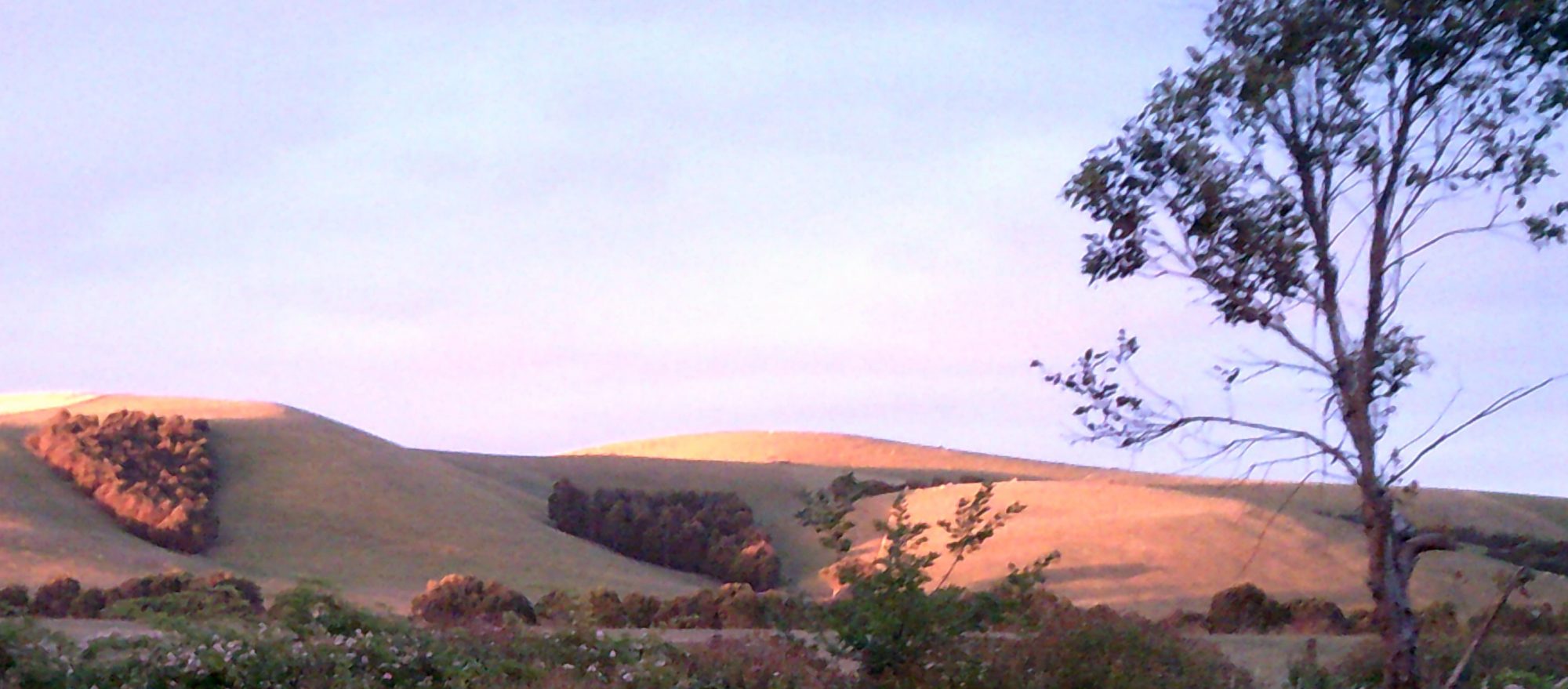Ashes in the Wind: How Fire Is Quietly Consuming the Lives of Rohingya Refugees in Cox’s Bazar.
By Anower Solim | Photograph by Anower Solim.
In the winding alleys of the Rohingya refugee camps in Cox’s Bazar, Bangladesh, the word home carries no warmth. It’s not a place of comfort but a fragile structure of bamboo, tarpaulin, and constant fear. Here, fire doesn’t just destroy shelters. It devours childhoods, memories and the last threads of dignity.
In recent years, Camps 1, 5 and 8 have been engulfed by recurring fires, each blaze more brutal than the last. The ashes they leave behind are not just remnants of structures, but the quiet burial of dreams never allowed to take shape.
Aftermath in Ashes – Sunset Over Camp 1.
As the sun dips low behind the hills of Camp 1, its golden light brushes over the blackened earth. Silhouettes of survivors move slowly through the wreckage, some searching for belongings, others just standing still stunned by the silence that follows a fire.
Women Salvaging Burnt Rice.
In a corner of what used to be a kitchen, women kneel in the ashes, their fingers slowly sifting through burnt rice. Their eyes tired but steady, speak of a pain too familiar. These images are not just of grief, but of survival, steeped in quiet resilience.
Children’s classrooms were reduced to smoke and rubble. The few books that survived were half-burnt and unreadable. Yet, within hours, Rohingya youth volunteers and emergency workers were already helping the wounded, distributing plastic sheets, and organizing shelters from nothing.
Camp 1: A Fire on a Day of Peace (December 25, 2024).
It was Christmas Day, a holiday for many, a day of rest for some, but peace didn’t last long. A sudden stove explosion around noon triggered a firestorm in Camp 1 that claimed two lives, injured several others, and destroyed over 500 homes.
Mass Displacement After Fire.
Thousands stood under a harsh winter sun, clutching pots, buckets, and rolled-up mats, the only items they could carry before the fire consumed everything else. Their eyes, wide with disbelief, turned empty fields into emergency homes.
This wasn’t the first time a fire had caused damage, and they feared it wouldn’t be the last.
Camp 5: A Winter Morning Torn Apart (January 7, 2024).
It began before dawn on a cold January morning when most were still wrapped in blankets, whispering morning prayers or lost in sleep. Within minutes, flames tore through the narrow paths of Camp 5, fueled by dry tarpaulin, gusts of wind, and helplessness. Nearly 1,000 shelters turned to soot. More than 5,000 lives were displaced in one cruel sweep.
Camp 8: The Fire the Camp Will Never Forget (March 22, 2021)
The 2021 blaze in Camp 8 was apocalyptic in scale. It swept through entire blocks, jumping over narrow lanes like a beast with no end in sight. By the time the last flames were put out, 17,000 shelters were gone. Nearly 50,000 people had lost their homes. Fifteen lives were confirmed lost. Four hundred were never found.
It was a catastrophe that made global headlines for a moment, but not enough to change the future. Humanitarian groups called it a camp-wide emergency. Survivors called it another beginning from zero.
To this day, many still sleep in makeshift shelters, their previous lives buried beneath unmarked ashes.
A Crisis Repeating Itself
These fires are not random accidents. From 2021 to 2022 alone, more than 200 separate fire incidents were recorded across the camps. In many cases, suspicions of arson lingered, but rarely were investigations followed through. Overcrowded shelters, cooking in unsafe conditions, flammable construction materials and a severe lack of firefighting resources have created a tinderbox waiting to ignite.
What’s most heartbreaking is the sheer predictability of it all. Everyone knows it will happen again. And yet, the world watches in silence.
Hope Among Ruins
Walk through the aftermath of any fire in the camps and you’ll find more than ruins. You’ll find people rebuilding. Children drawing letters on the ground where classrooms once stood. Men collecting bent tin sheets to reshape. Women sharing what little food remains with others who lost more.
There is sorrow in every corner, but also a quiet defiance. The Rohingya are not only survivors of fire, but they are also the survivors of abandonment, of erasure and of silence. And still, they rise up brave and confident.
Conclusion: We Burn and Still the World Is Silent.
Each time the flames return, the Rohingya are reminded that they are still stateless, still unwanted, still unseen and unheard. Fires don’t just consume shelters. They consume the illusion that someone, somewhere, might intervene.
These fires speak for the forgotten. They cry out for justice, for protection, for dignity. But, more often than not, their voices are lost in the smoke.
Before the next fire writes another tragedy, it’s time for the international community to stop offering condolences and start offering action. The Rohingya don’t need more sympathy. They need safety. The need help.


